How can coffee shops use cold coffee drinks to diversify their menu?
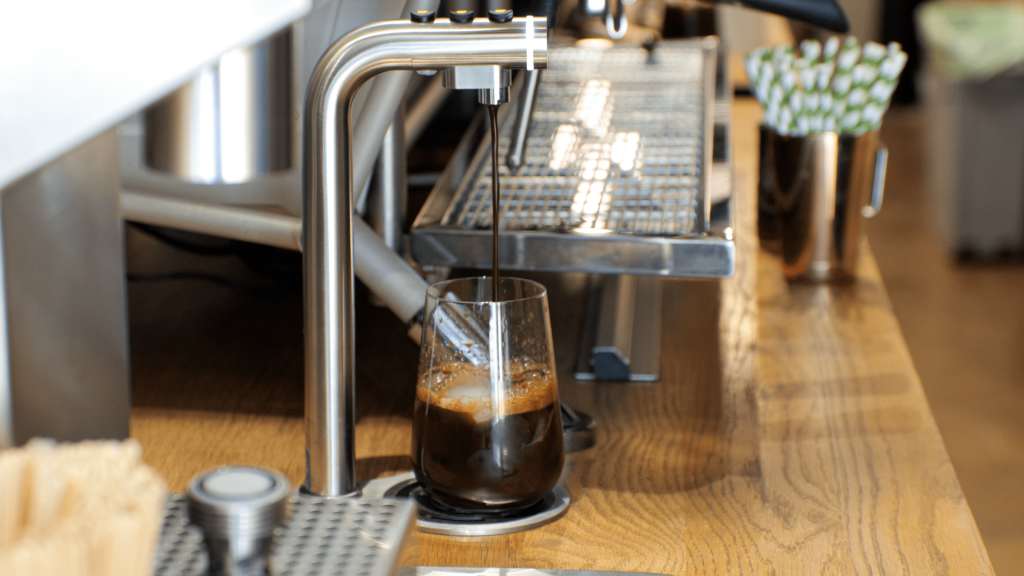
There’s no denying how popular cold coffee has become. Around the world, these beverages have become a staple of coffee shop menus – not just in warmer months, but all year round.
In line with this, cafés have started to use cold coffee beverages – including cold brew, coffee concentrate, and cocktails – to expand their menu offerings. However, when they do add them, coffee shops also need to ensure these drinks are profitable.
So, how can they do this successfully? To find out, I spoke to two industry experts. Read on to find out what they told me.
You may also like our article on how coffee shops can make cold brew more profitable.
Why are cold coffee drinks so popular?
In many countries around the world, cold coffee drinks are immensely popular. Recent research found that in the US, cold brew was the third most common way to prepare coffee – after drip coffee and single-serve methods, respectively.
Marcin Drzewiecki is the Senior National Account Manager at MONIN UK & Ireland.
In the UK, Marcin explains that during the summer months in 2022, iced coffee drinks were some of the most popular in the country. He adds that more than 72% of customers prefer iced lattes over other cold coffee drinks.
“Over 28% of people prefer iced cappuccinos, while some 26% of consumers opt for iced mochas,” he continues.
Younger generations in particular tend to prefer cold coffee drinks. This is largely because ready-to-drink (RTD) beverages are much more convenient for millennial and Gen Z consumers who have more on-the-go lifestyles. In fact, Mintel found that 60% of Gen Z consumers prefer RTD coffee beverages over-brewed coffee.
Similarly, consumers also believe that cold coffee beverages are a healthier alternative to sugary drinks. No doubt this helps to further drive popularity of these drinks in the specialty coffee sector.
How to make high-quality cold coffee beverages
To meet the growing demand for cold coffee drinks, coffee shops need to ensure that these beverages are consistently prepared to a high standard.
There are many different ways to prepare cold coffee beverages. Moreover, there are also many different factors to consider when choosing which coffee to use.
For instance, medium roast profiles often have more balanced and well-rounded sensory profiles. This makes them better suited for milk-based drinks such as iced lattes or cold brew with cream.
Conversely, lighter roast profiles tend to be more acidic with brighter, fruity, and floral flavours, which are better enjoyed without milk.
Origin is another important factor to take into account. Coffees from Central and South America usually have more “traditional” flavour profiles, whereas African coffees are typically more fruity and floral. Coffees grown in Asia, meanwhile, often have more earthy, spicy, and herbaceous notes, and are therefore more full-bodied.
There also lies the question of whether you should use single origin coffees or blends for cold coffee beverages. Ultimately, this depends on which coffees you think work best – as well as which coffees customers prefer.
Many people enjoy using light roast Ethiopian or Kenyan coffees for cold brew to accentuate the fruity and floral flavours. Moreover, as brewing methods for cold brew usually result in less acidity, using these kinds of coffees can result in more balanced sensory profiles.
Some coffee shops also use single origin coffees for flash brew. This is when coffee is brewed hot over ice to “lock in” more flavour and acidity.
Blends, meanwhile, are more balanced and well-rounded. This means they typically work much better in milk-based cold coffee beverages as their flavours better complement the natural sweetness of milk.
Expanding your menu
For most coffee shops, drink development is an exciting prospect. However, the process can also be challenging, so business owners need to know where to start.
Marcin emphasises the importance of education and training for baristas to make high-quality beverages.
“For instance, the majority of MONIN’s products can be added to many drinks, but the barista needs to know how to use them,” he says. “When it comes to cold coffee beverages, coffee shops should focus on innovation, quality, and any emerging trends in the industry.
“At the same time, they also need to take consistency, speed of service, and beverage customisation into account,” he adds.
Using coffee concentrate
In recent years, more and more coffee shops have started using coffee concentrates as bases for cold beverages. Coffee concentrates are essentially extracts which are diluted (with either water or different milks) according to taste.
One of the most popular ways to use coffee concentrate is to make a base for cold brew. For instance, Marco’s ColdBRU system can produce coffee concentrate in less than three hours, which means coffee shops can serve cold brew more efficiently. Moreover, systems like the ColdBRU achieve consistent results of 19% extraction levels and 4% total dissolved solids (TDS) levels, so coffee shops can get the most out of their coffee.
Beyond this, coffee shops can also use concentrate as a replacement for espresso.
“A ‘shot’ of coffee concentrate – which can be dosed directly from font systems like Marco’s POUR’D Concentrate – can be used as an alternative to espresso for iced and blended coffee drinks,” Marcin explains.
With enough counter and storage space, offering a range of syrups and flavourings can be an effective and profitable way to diversify your cold coffee beverages. This is especially true considering the growing number of consumers who opt to customise their drinks, including different kinds of milk.
However, it’s essential that baristas know which syrups and flavourings work best with particular coffees. For example, you can pair more delicate-tasting syrups, such as lavender or rose, with lighter roast profiles. This ensures that the flavours of the syrup don’t overpower the coffee.
Knowing which syrups and flavourings to use
Alongside this, you should also offer a core set of syrups which are popular with customers throughout the year. These include:
Caramel
Vanilla
Hazelnut
Cinnamon
“Recently, more innovative flavours have been appearing on the market, such as strawberries & cream, pistachio, and candy floss,” Marcin tells me. “We expect to see more co-branded confectionery flavours launching soon, too.”
As well as flavours which appeal to consumers year-round, seasonal flavours can also help create a successful cold coffee beverage menu. Some examples of these include:
Peppermint
Gingerbread
Olive oil – which has become increasingly popular in recent months
Although offering syrups and flavourings is a great way for coffee shops to expand their menu items, they also need to make sure that they remain profitable and minimise waste.
Using specific syrup measurements is key to this. But coffee shops can also invest in equipment which dispenses these ingredients more consistently.
Steven Plumridge is the European Account Manager at Beyond the Bean, which manufactures Sweetbird products.
“You can programme Marco’s POUR’D system with up to two different flavoured Sweetbird syrups,” Steven says. “This helps to enhance the customer experience and provides them with more choice.”
Systems like the POUR’D can also be used to dispense syrups, as well as other products such as sparkling water, to create a range of beverages. These can include lemonades and iced teas.
Coffee cocktails and mocktails
It’s been hard to ignore the growing popularity of coffee cocktails and mocktails in recent years – largely driven by competitions like the World Coffee in Good Spirits Championship and Coffee Masters.
By adding coffee cocktails and mocktails to your menu, there is potential for your coffee shop to also function as a bar or an evening space.
There are many ways to combine coffee with spirits and liqueurs (as well as non-alcoholic options). Popular alcoholic beverages made with coffee include the espresso martini and Irish coffee.
“You can even use coffee concentrates to create alcoholic blended cocktails,” Marcin says. “However, coffee shops of course need to first make sure they have a licence to serve alcohol.”
Invest in high-quality equipment
While offering more cold coffee beverages is a great way to diversify your menu, it’s important to also invest in equipment which helps you to prepare and serve these beverages as efficiently as possible.
“You can increase the speed and simplicity of serving these drinks by using high-quality equipment and concentrated beverage bases, such as coffee, tea, and lemonade,” Marcin explains.
There are many solutions available, but countertop beverage dispensing systems can be a useful way to consistently prepare cold coffee drinks.
“The Marco POUR’D system dispenses a set amount of beverage based on up to three preset recipes,” Steven tells me. “This ensures that every drink tastes the same.”
Moreover, font systems can also help to increase speed of service without impeding barista workflow or comprising beverage quality. For instance, the POUR’D is available as either a coffee concentrate or RTD dispensing solution, which means baristas can quickly prepare and serve a range of drinks.
“The POUR’D is easy to set up and maintain,” Marcin says, “With the right ingredients, it can help you to add new and exciting cold coffee beverages to your menu, and minimal training is required to use it.”
Why should you offer a range of cold coffee drinks?
Many coffee shops are looking for new ways to attract and engage customers – and cold coffee beverages are a big part of this.
“In certain countries over the past few years, we have seen a decline in hot coffee beverage sales,” Marcin tells me. “Sales of coffee cold drinks are certainly rising.
“Cold coffee drinks are now a must-have on every café menu,” he adds. “Millennials and Gen Z consumers with high disposable incomes are looking for exciting and innovative drinks with new flavours, colours, and textures, and cold coffee drinks are included in this.”
Moreover, diversifying your menu options can also help improve your profit margins. By using high-quality ingredients, such as coffee concentrate or syrups, you can make a wider range of beverages using the same products.
In line with this, investing in automated font systems can improve labour costs, as staff have more time to focus on other tasks.
“Ultimately, menu diversification adds value to your business and enhances the customer experience throughout the year,” Steven concludes.
It’s fair to assume that cold coffee beverages will continue to remain popular in the years ahead. In light of this, coffee shops and other hospitality businesses need to capitalise on this beverage category in the best possible way.
By investing in efficient brewing and dispensing equipment, as well as using high-quality coffee and ingredients, coffee shops can expand their menus in a profitable and successful manner.
Enjoyed this? Then read our article on how coffee shops can use coffee concentrate.
Photo credits: Marco Beverage Systems, MONIN UK & Ireland
Perfect Daily Grind
Please note: Marco Beverage Systems is a sponsor of Perfect Daily Grind.
Want to read more articles like this? Sign up for our newsletter!
The post How can coffee shops use cold coffee drinks to diversify their menu? appeared first on Perfect Daily Grind.
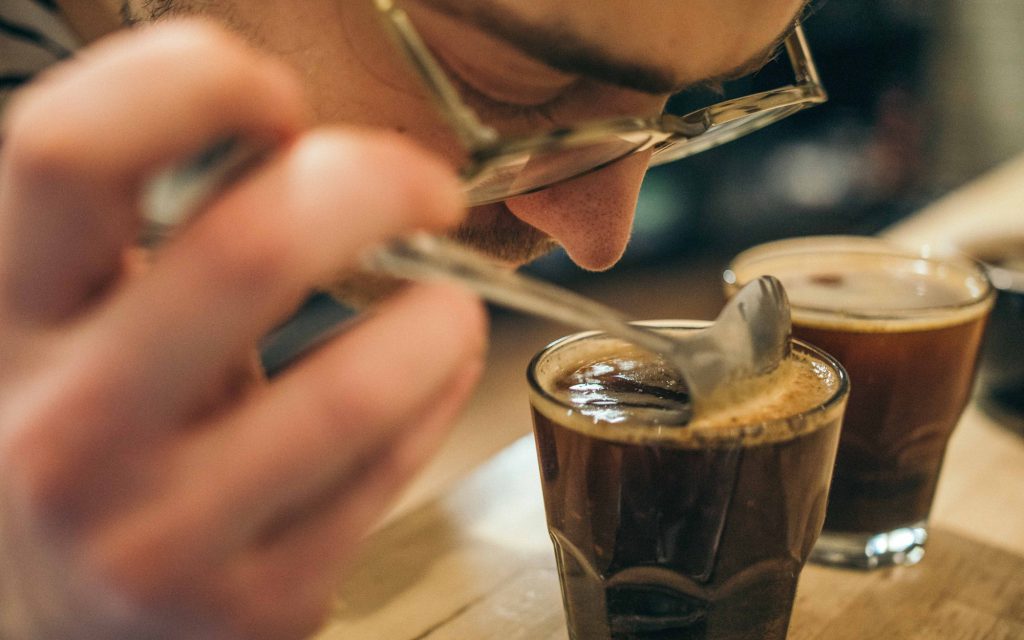
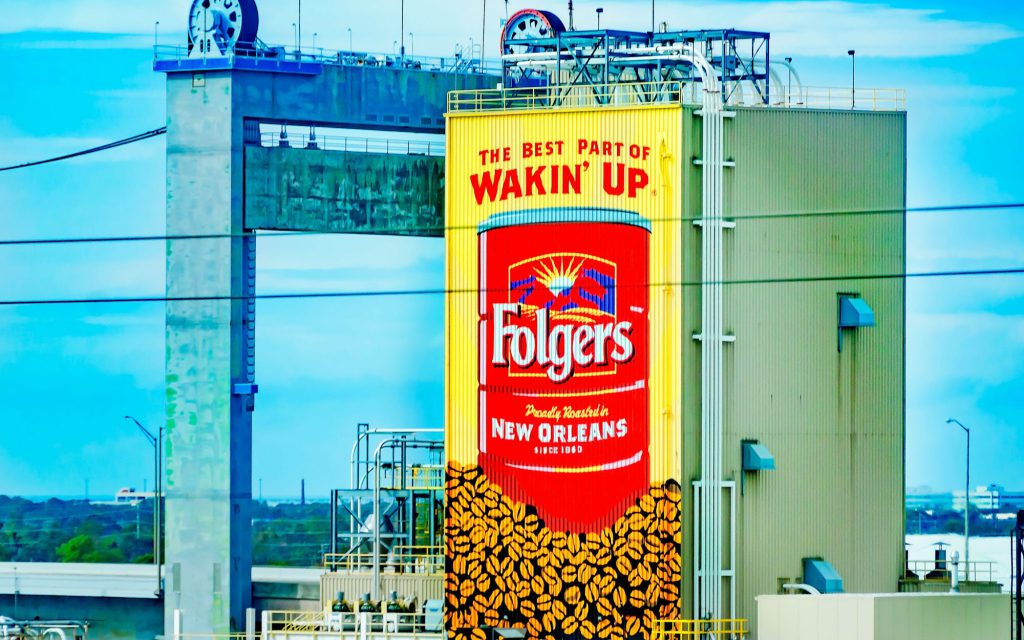
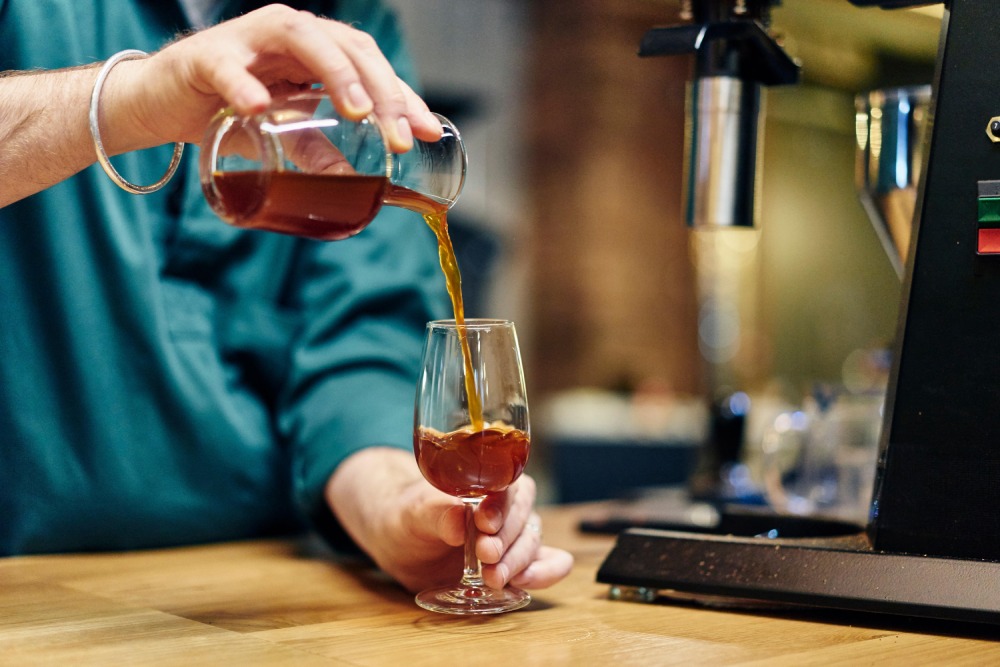
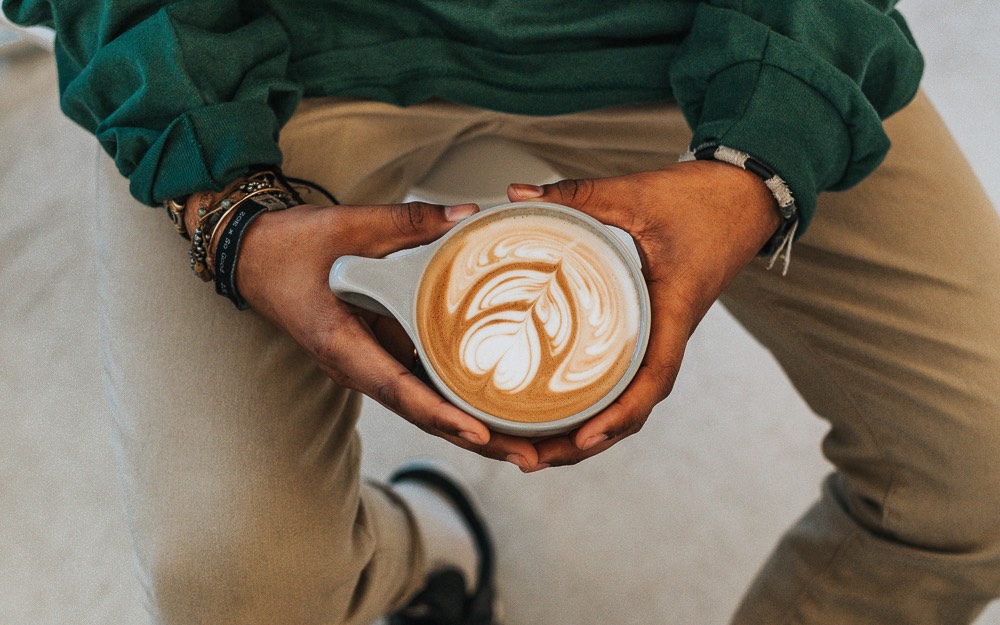
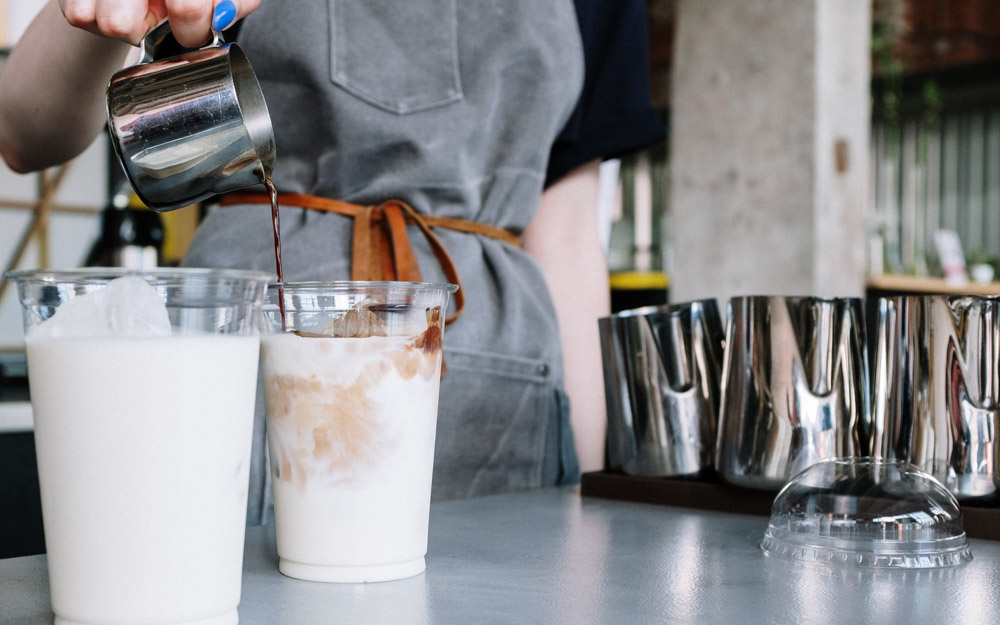
Responses